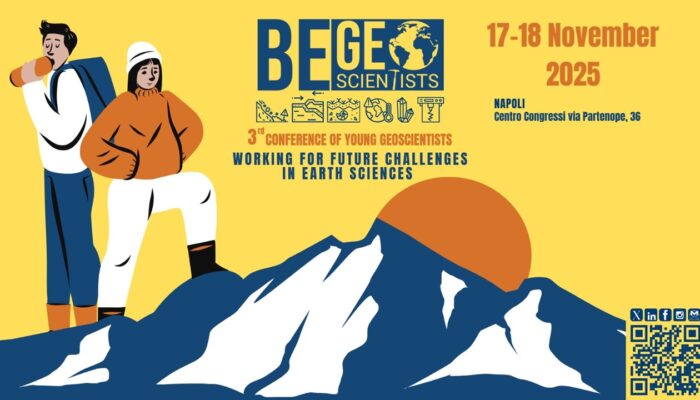The 2025 Augustus Love Medal of the Geodynamics Division was awarded to Neil Ribe in recognition of his outstanding and fundamental contributions to a wide range of problems in geodynamics using rigorous mathematical approaches. In this interview, he talks about his research and how he got involved in geodynamics, while also sharing his thoughts on what the future might hold for the discipline. Ne ...[Read More]
Into the world of Girls into Geoscience: inspiring the future generation of female geoscientists

“Girls into Geoscience” is a UK-based outreach initiative aiming at encouraging female (and female identifying and non-binary) to pursue a career in Geosciences. I had the pleasure to interview the founders of this initiative, Prof. Sarah Boulton and Dr. Jodie Fisher, and discuss about their experiences, how the landscape of student recruitment has changed over the years and the challe ...[Read More]
BeGEO scientists 2025: the 3rd conference of young Earth scientists in Italy
Born at the feet of active volcanoes, a group of young Earth scientists works for connecting colleagues in Italy and around the globe. One of the main challenges faced by those approaching the academic career for the first time is creating a network of known people with whom sharing scientific knowledge and maybe lay the foundations for new collaborations. Conferences are definitely the perfect pl ...[Read More]
Silent voices, trapped minds.

In this week’s blog post, Katherine Villavicencio (University of Chieti – Pescara) looks into the world of the mind and the mental-health issues that can result by the pressure behind a research project, such as a doctoral thesis. Here, through a personal reflexion ,she explores the main reasons that can lead candidates to suicidal thoughts, and even to the execution of them, finally a ...[Read More]


